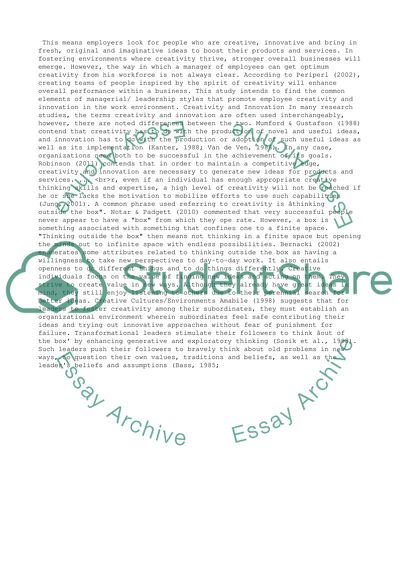Cite this document
(“Creativity and Innovation Empowerment by the Right Leadership Essay”, n.d.)
Creativity and Innovation Empowerment by the Right Leadership Essay. Retrieved from https://studentshare.org/business/1470132-write-leadership-can-play-in-empowering-employees
Creativity and Innovation Empowerment by the Right Leadership Essay. Retrieved from https://studentshare.org/business/1470132-write-leadership-can-play-in-empowering-employees
(Creativity and Innovation Empowerment by the Right Leadership Essay)
Creativity and Innovation Empowerment by the Right Leadership Essay. https://studentshare.org/business/1470132-write-leadership-can-play-in-empowering-employees.
Creativity and Innovation Empowerment by the Right Leadership Essay. https://studentshare.org/business/1470132-write-leadership-can-play-in-empowering-employees.
“Creativity and Innovation Empowerment by the Right Leadership Essay”, n.d. https://studentshare.org/business/1470132-write-leadership-can-play-in-empowering-employees.


